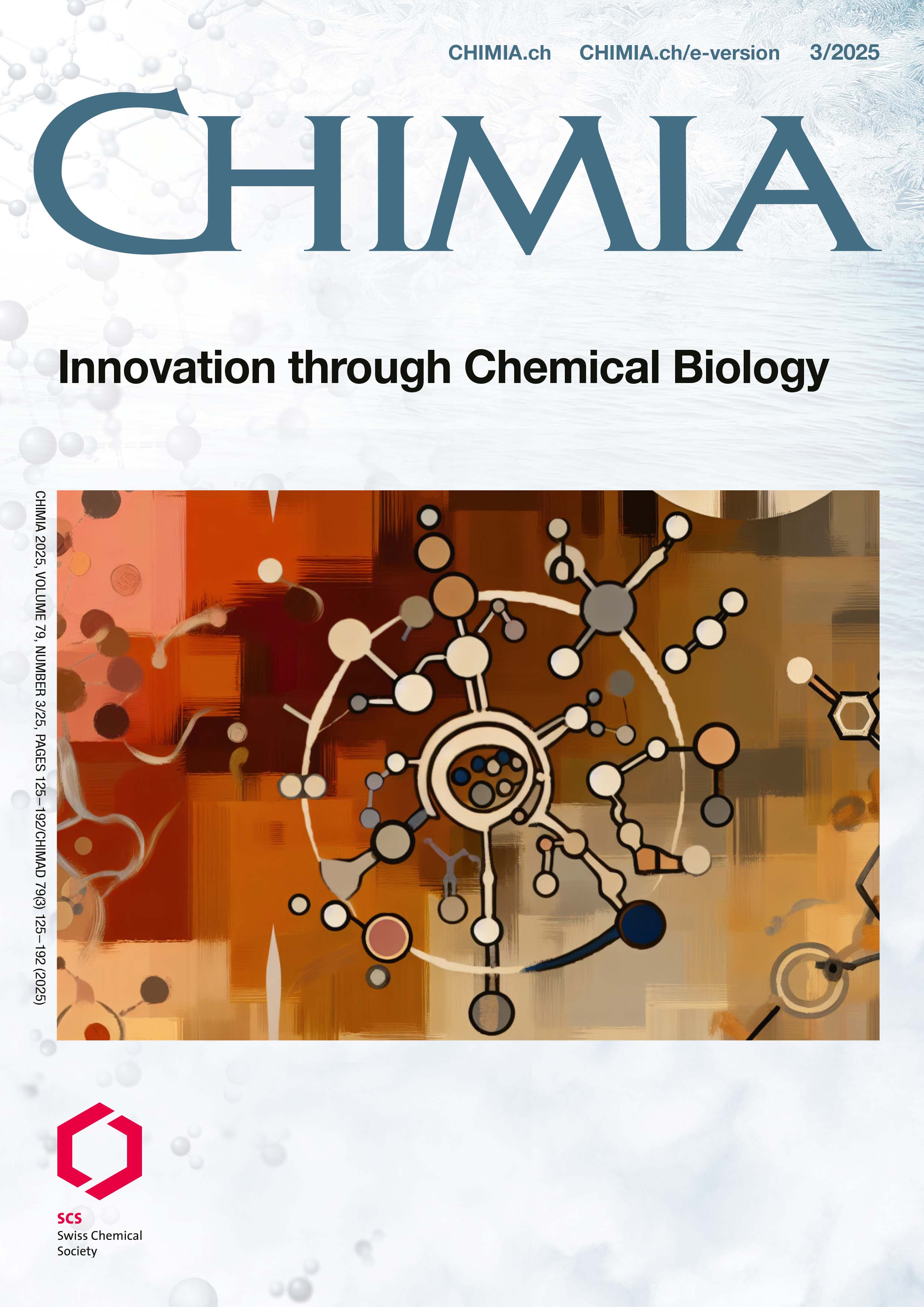Control of Therapeutic Activity through Programmed Assembly
DOI:
https://doi.org/10.2533/chimia.2025.128PMID:
40156556Keywords:
Cooperativity, Programmed assembly, Reversal, Supramolecular therapeuticsAbstract
This review explores the control of therapeutic activity through programmed assembly of supramolecular systems. We examine the use of nucleic acids as scaffolds to create tailored assemblies of ligands, including glycan and peptide-based systems, drug-like small molecules or reagents for proximity-induced reactions. We discuss the principles of cooperativity in multivalent interactions, emphasizing their potential to enhance binding affinity and therapeutic efficacy and the opportunity to control their activity through strand displacement. We highlight seminal studies and illustrative case examples and address the challenges faced in translating these designs into clinical applications. Furthermore, we explore recent advancements that demonstrate successful in vivo applications, particularly in the context of anticoagulation therapies. This review aims to provide insights into the future of responsive therapeutic systems that leverage the programmability of supramolecular assemblies to develop potent and adaptable therapeutics.
Funding data
Downloads
Published
Issue
Section
License
Copyright (c) 2025 Millicent Dockerill, Nicolas Winssinger

This work is licensed under a Creative Commons Attribution 4.0 International License.







